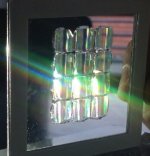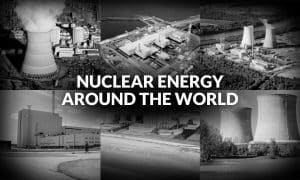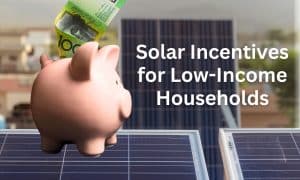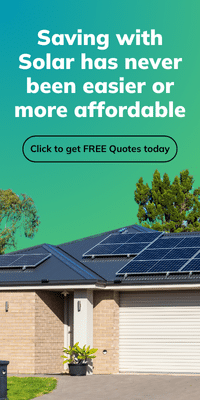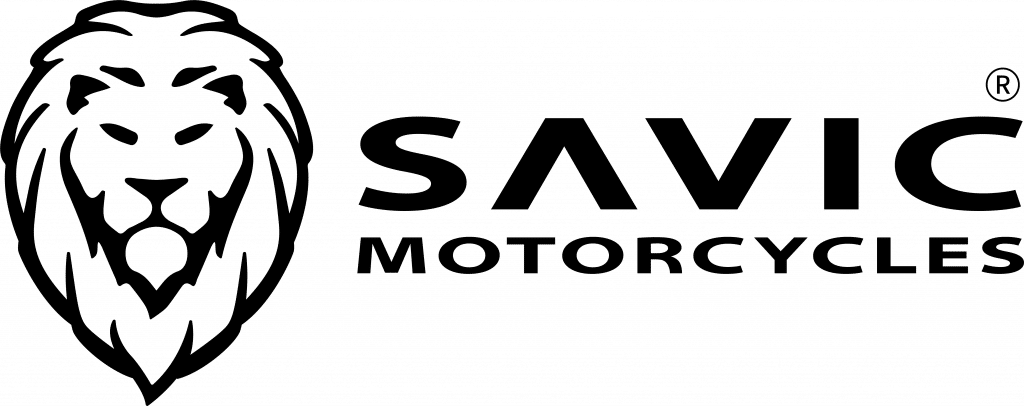A prototype of a high-efficiency concentrated solar cell incorporating a holographic foil has been touted by its makers to be a game-changer for the solar industry.
Arizona-based Solar Bankers LLC and Dresden-based Apollon GmbH & Co. KG have developed a solar cell they claim generates twice as much electricity at a significantly lower cost than standard cells.
“Our solution addresses the major downsides that make today’s photovoltaic (PV) technologies unprofitable. These disadvantages arise mainly from the material silicon as well as from efficiency losses, which result e.g. through heat occurring from concentration” says Alfred Jost, President of Solar Bankers.
The module is based on a holographic optic material, printed on the cover glass. The distance between optic and solar cell is only a few millimetres and filters only desirable wavelengths of the light. The sunlight is then concentrated on the solar cells.
“Thanks to this specific wavelength selection, we avoid overheating issues usually generated by concentrated technologies which are today the source of significant efficiency losses,” says Jost.
The companies say the light selection, deflection and concentration attributes make it is possible to convert up to 28 % of the sunlight into electricity; and possibly more.
The holographic optic system concentrates sunlight 20- to 30-times and allows for a reduction in silicon usage of over 90 % compared to standard solar panels. The amount of silicon used covers just 3% of the total module area.
Solar Bankers and Apollon aim to build a facility with 300 MW production capacity in the USA or in Germany this year.
The holographic solar panel concept isn’t new. Back in 2006, Prism Solar Technologies developed a proof-of-concept solar module that used holograms to concentrate light. Prism’s Holographic Bifacial Modules are commercially available.
Image credit: MedienKontor











